IN PHOTOS: Last Gallipoli warship unravels myths of WWI disaster
PORTSMOUTH - Agence France-Presse
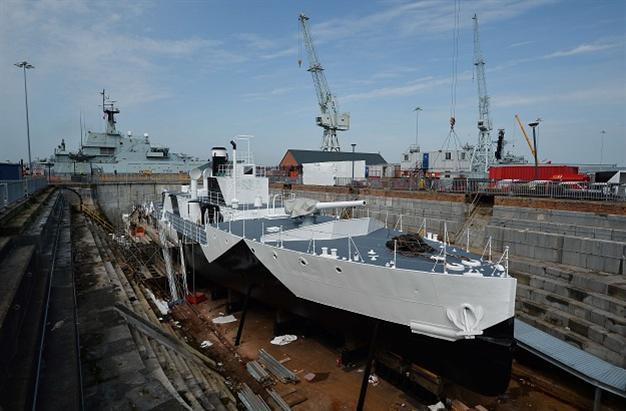
A view from the front of the newly restored HMS M33 Minerva in Portsmouth's Historic Dockyard on April 16, 2015. AFP PHOTOS / GLYN KIRK
Britain’s last surviving warship from Gallipoli is being restored to mark the bloody campaign’s centenary, as a new exhibition tries to counter myths surrounding the disastrous World War I offensive.HMS M33, one of only three British ships remaining from the whole 1914-1918 war, is being painstakingly renovated in a dry dock in Portsmouth, the Royal Navy’s home on the English south coast.
The rudimentary battleship is being conserved to help bring the story of Gallipoli to life -- and attempt to paint a more rounded picture of the costly Allied attempt to seize the Turkish peninsula.
"She’s a little time capsule," said Nick Hewitt, strategic development executive at the National Museum of the Royal Navy, standing on the upper deck.
"She’s a survivor that actually went into action and fought in a really significant international campaign."
Lying next to king Henry VIII’s beloved Mary Rose and Horatio Nelson’s Trafalgar flagship HMS Victory, M33 stands testimony for the World War I maritime war effort in the pantheon of British ships.
Built in seven weeks, the 54-metre-long steel ship is flat-bottomed so it can get in close to shore and attack land targets accurately with its disproportionately large guns. It had a crew of 78.
The ship has been freshly repainted in the black and white "dazzle" style -- geometric shapes intended to confuse the enemy.
But the £2.4-million ($3.6-million, 3.3-million-euro) restoration project aims to conserve the gunboat rather than refit it.
"There’s layers of history in that steel," Hewitt said.
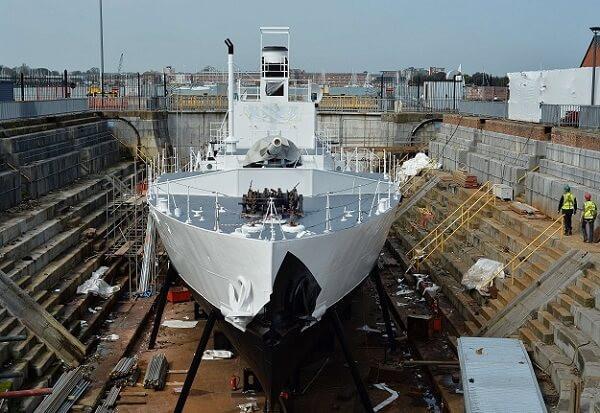
When it opens to the public in August, visitors will be able to tour the decks, the cramped living quarters and the ammunition rooms.
In the empty boiler room, audiovisual displays will revive the hell of Gallipoli.
Churchil's botched plan
On March 18, 1915, joint British-French naval forces sought to force their way through the Dardanelles Straits separating Europe from Asia in a bid to take Constantinople, now Istanbul, and secure a sea corridor to the Russian empire.
The plan was conceived by Winston Churchill, later Britain’s World War II prime minister.
But the naval attack was repelled, forcing the Allies to begin an eight-month land campaign on the Gallipoli peninsula on April 25 -- backed by fire support from the likes of M33 -- which the Ottoman forces also won.
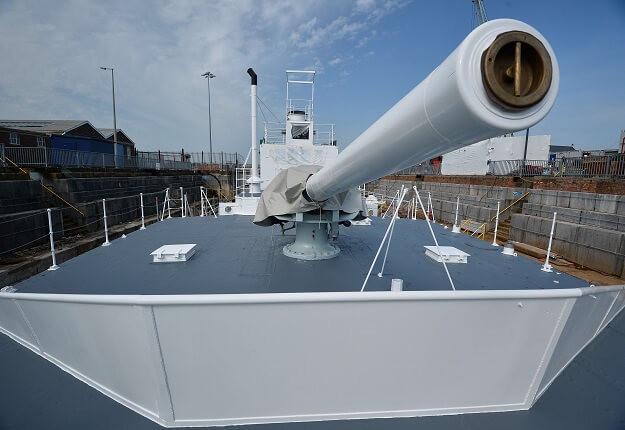
The Ottoman Empire lost more than 50,000 men; Britain nearly 35,000; France close to 10,000; Australia almost 9,000 and New Zealand nearly 3,000. More than double these numbers were wounded.
Gallipoli is portrayed in Turkey as a mighty victory, whereas Down Under, "it’s heroic Anzac (Australian and New Zealand Army Corps) soldiers being led to disaster by bungling British generals", Hewitt said.
It is seen as a founding moment for the modern nations of Australia, New Zealand and Turkey.
"It’s barely remembered here (in Britain), and if it is, it’s seen as an Australian story. And in France it’s almost entirely forgotten," Hewitt added.
Dispelling misunderstandings
The National Museum of the Royal Navy, next to HMS M33, is attempting to dispel misunderstandings about the campaign in its exhibition, "Gallipoli: Myth and Memory".
"What we’re trying to do is restore some balance to the Gallipoli story," Hewitt said.
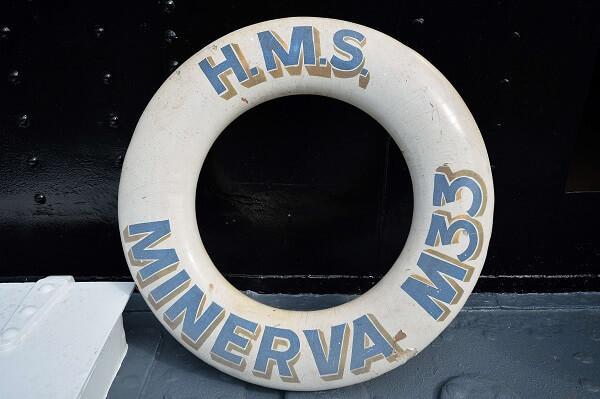
"Gallipoli has a central myth: that it was a land battle fought by mainly Australian and New Zealand soldiers. And it’s more complicated and nuanced than that."
The exhibition uses a captured Turkish machine gun, an admiral’s planning notes, troops’ diaries, air-dropped propaganda messages and even a British submarine periscope pierced by a Turkish shell to help tell a fuller story.
However, it does not seek to diminish the Anzac contribution nor airbrush the campaign.
"It is an Allied disaster," said Hewitt, who described the attack as "ill-thought through and probably unachievable".
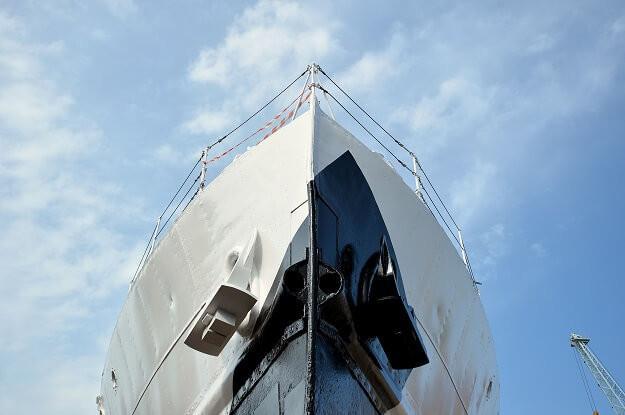
The exhibition, which opened last month, runs until February 2016.
One 79-year-old museum visitor said his soldier father had survived Gallipoli with the Wiltshire Regiment’s 5th Battalion.
"The most moving part is the final image of the war memorial and cemetery at Anzac Cove," he said.
"It puts the best light on the futility of it all."
















